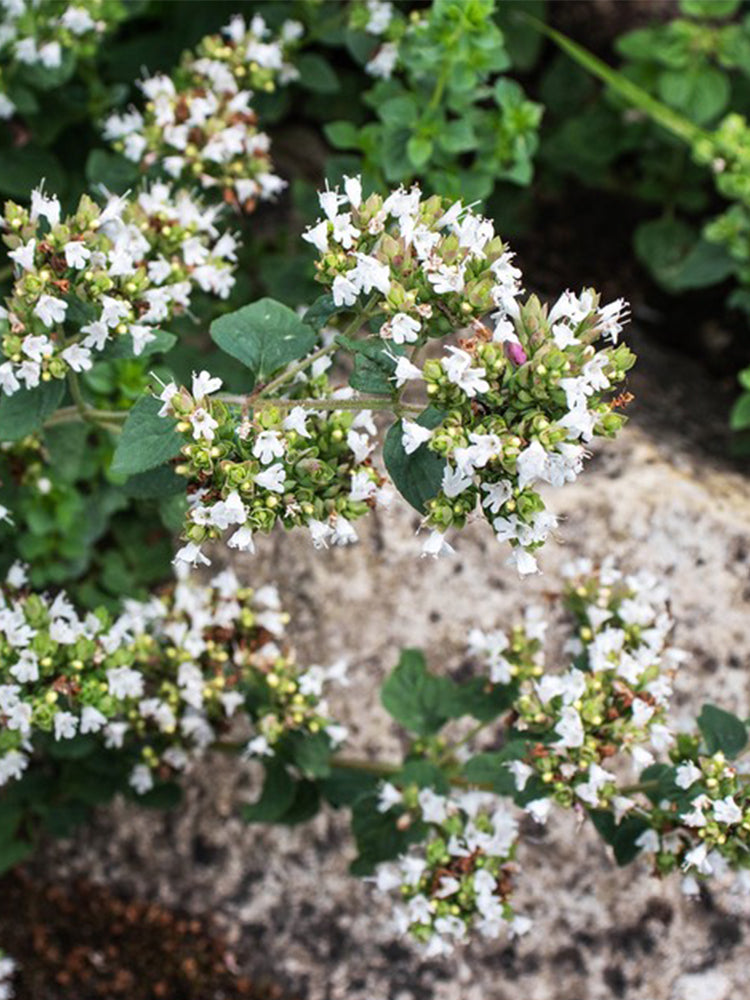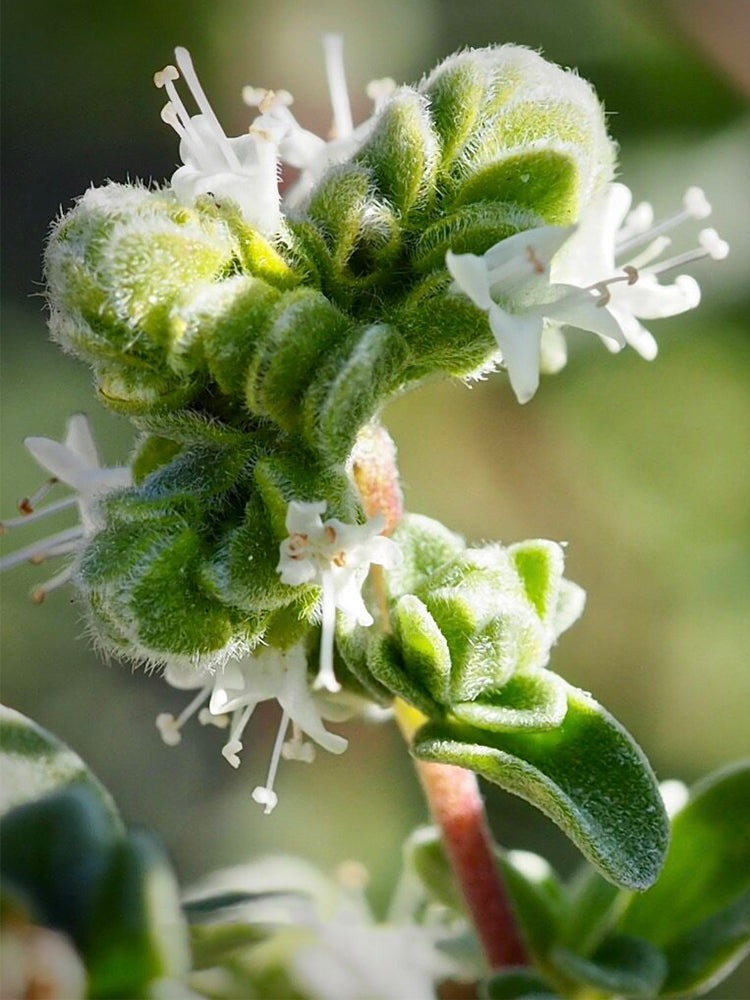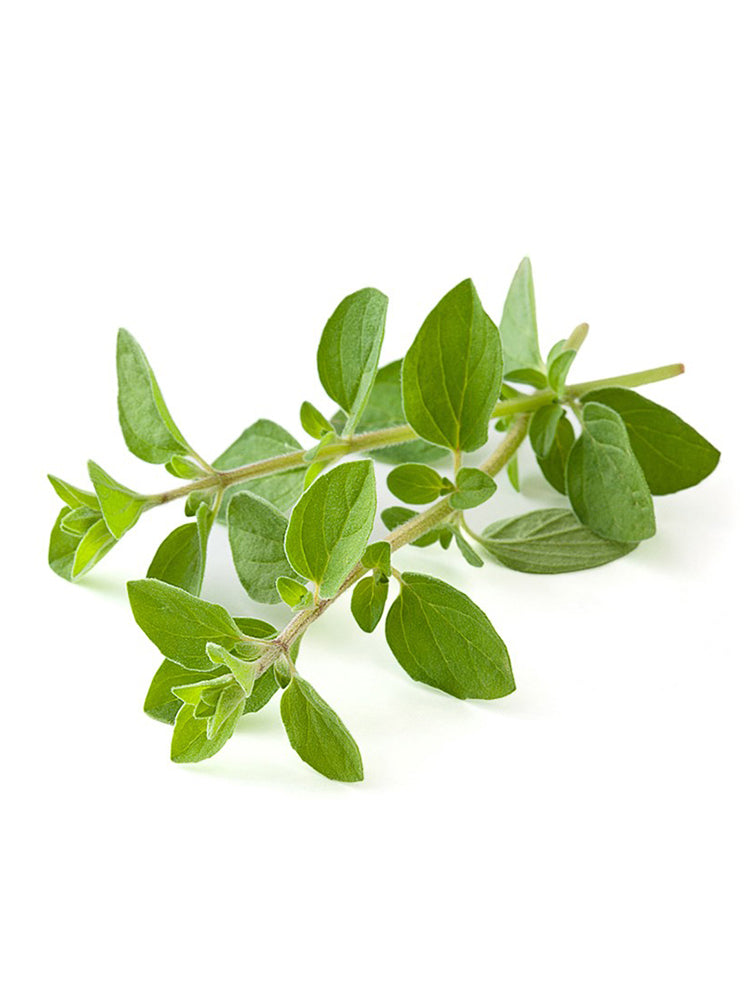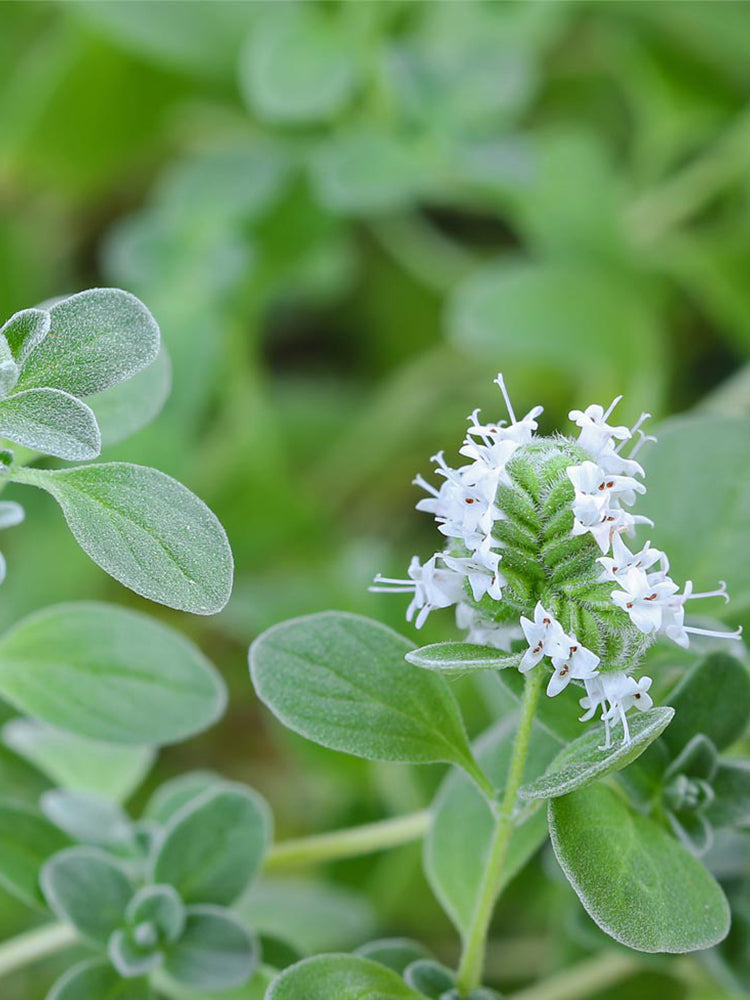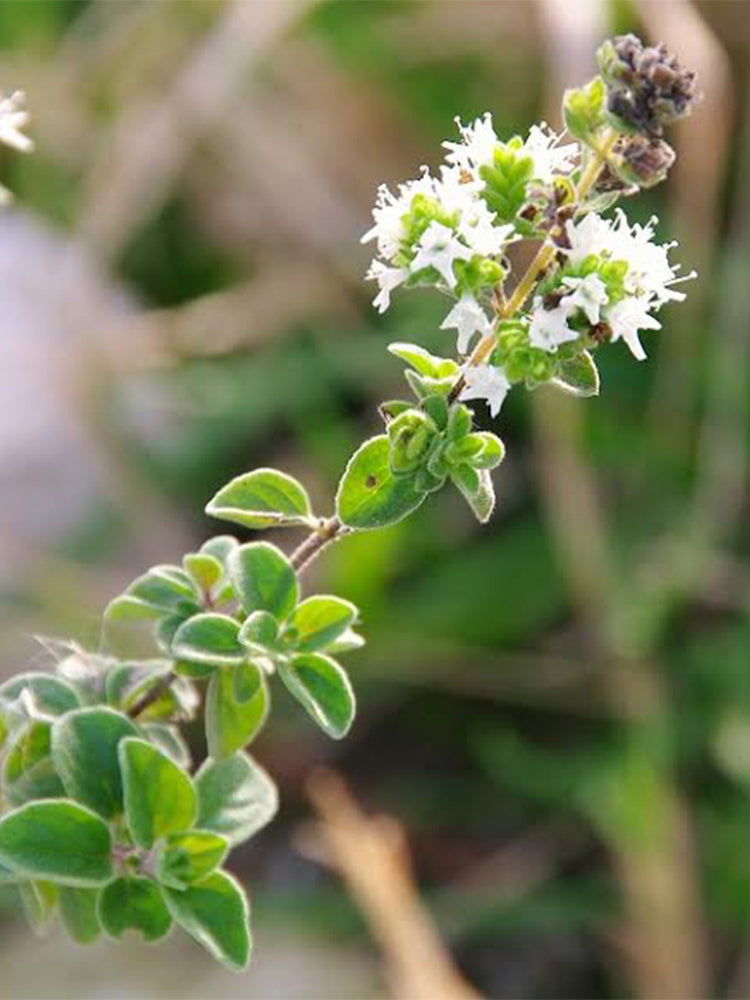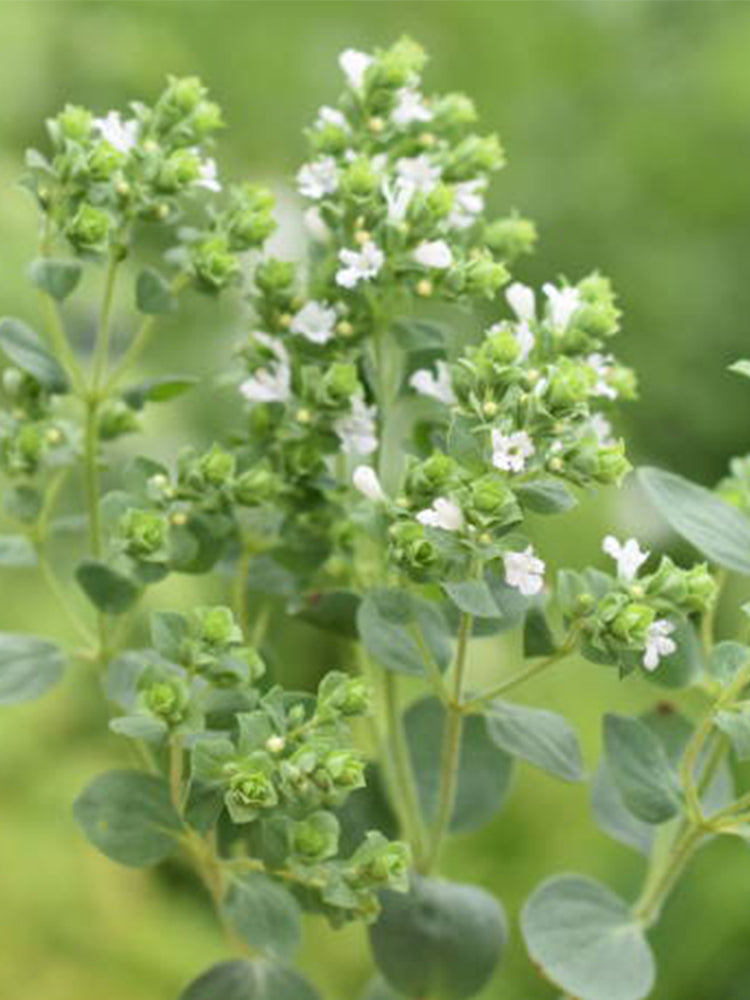BELLFARM
American Sweet Marjoram (Origanum majorana)
Sale
Sold out
Regular price
$2.99 USD
Regular price
$4.99 USD
Sale price
$2.99 USD
Unit price
per
Couldn't load pickup availability
-
5-14 Days delivery.
-
Ship out within 24 hours.
Main characteristics of the variety:
- Sweet marjoram (scientific name: Origanum majorana L.), also known as sweet oregano or marjoram, is a perennial herb of the genus Origanum in the Lamiaceae family, and is native to the Mediterranean region. The plant is short, about 30-60 cm in height, with a thin, soft stem and many branches. The leaves are small and round, gray-green, with fine hairs on the surface and soft to the touch. The flowering period is from June to October, producing small white or light pink flowers, with an umbrella-shaped inflorescence. The scent is mild and sweet, with the fragrance of citrus and pine needles. The flavor is more delicate and less spicy than that of common oregano (Origanum vulgare), making it suitable for light ingredients. The plant prefers cool climates and thrives in fertile, well-drained sandy loam or deep loam, preferably neutral to alkaline soil being optimal. In addition to serving as an important spice in Mediterranean cuisine, its unique fragrance is also a natural raw material for preparing high-end aromatic essences; it also possesses medicinal and ornamental value.
- Sweet marjoram (scientific name: Origanum majorana L.), also known as sweet oregano or marjoram, is a perennial herb of the genus Origanum in the Lamiaceae family, and is native to the Mediterranean region. The plant is short, about 30-60 cm in height, with a thin, soft stem and many branches. The leaves are small and round, gray-green, with fine hairs on the surface and soft to the touch. The flowering period is from June to October, producing small white or light pink flowers, with an umbrella-shaped inflorescence. The scent is mild and sweet, with the fragrance of citrus and pine needles. The flavor is more delicate and less spicy than that of common oregano (Origanum vulgare), making it suitable for light ingredients. The plant prefers cool climates and thrives in fertile, well-drained sandy loam or deep loam, preferably neutral to alkaline soil being optimal. In addition to serving as an important spice in Mediterranean cuisine, its unique fragrance is also a natural raw material for preparing high-end aromatic essences; it also possesses medicinal and ornamental value.
